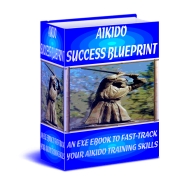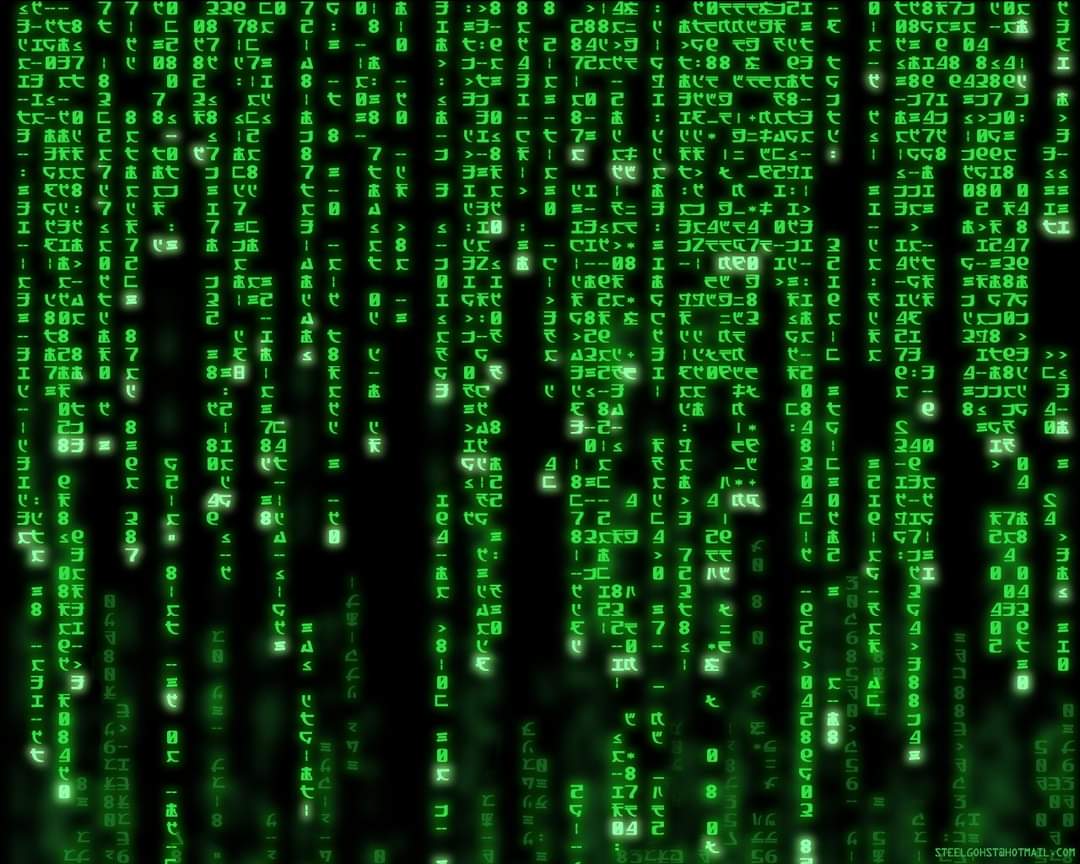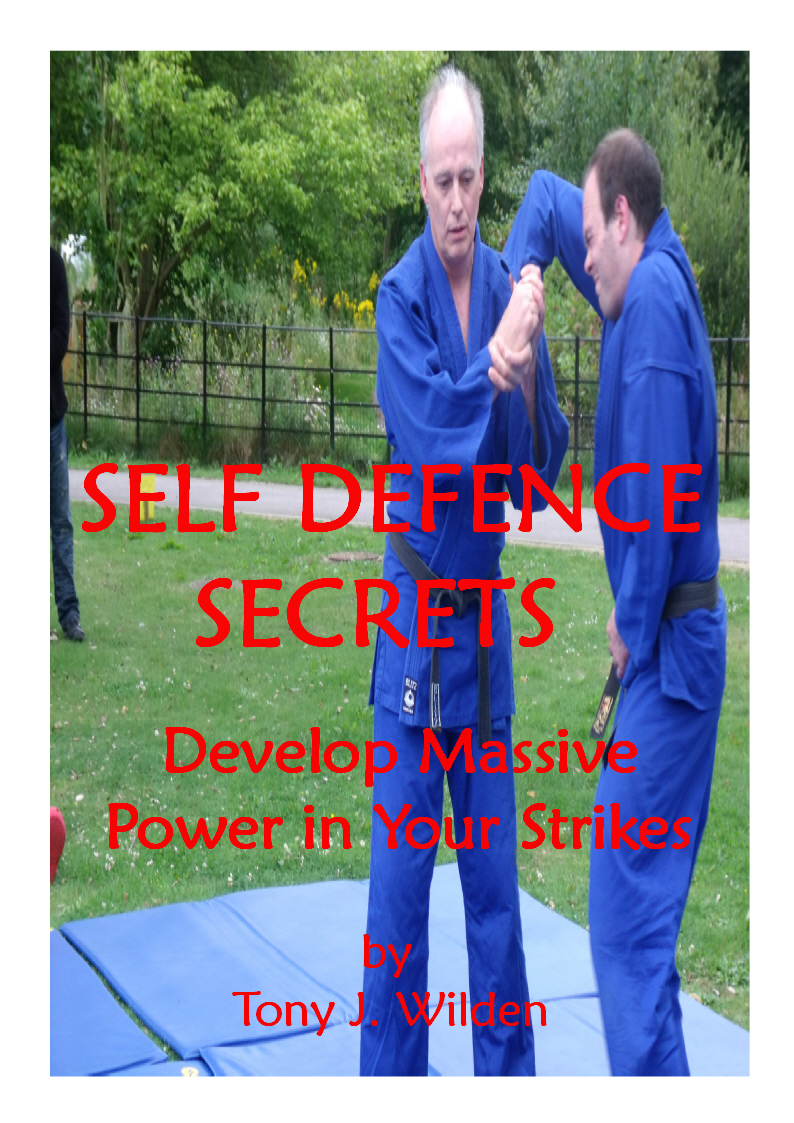What is Aikido History?
How Was The Art Developed?
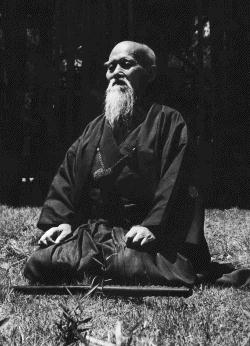
Read all about Aikido History and how it has spread all over the world.
Aikido is a Japanese martial art created by Morihei Ueshiba O'Sensei. It is a combination of his intense study of martial arts, philosophy & spiritual beliefs.
Aikido is the Way of Spiritual Harmony.
The founders aim was to offer an art that students could use to effectively defend themselves, and also protect an aggressor from harm.
It's performed by blending with an attacker's energy and redirecting their force rather than opposing it. Physical strength is unnecessary, as you lead an attacker's momentum using entering and turning movements.
You can then control them with throws and joint locks.
Aikido history shows that the art comes mainly from the martial art of Daiti-Ryu Aiki-Jujutsu, but began to move away from it in the late 1920s, partly due to Ueshiba's involvement with the omoto-kyo religion.
Many of Morihei's senior students have different approaches to aikido, depending on when they studied with him. Today aikido is found all over the world in several different styles, all having a different focus.
MORIHEI UESHIBA - FOUNDER OF AIKIDO
Aikido was created by Morihei Ueshiba (1883–1969), who was referred to as O'Sensei (Great Teacher). He developed aikido during the late 1920s and 1930s as a further development of the older martial arts that he had studied.
Morihei's vision of aikido included an expression of his personal philosophy of universal peace, love and harmony.
SOKAKU TAKEDA - REVIVER OF DAITO-RYU AIKI-JUJUTSU
Aikido history shows that the art developed from Daito-ryu aiki-jujutsu, which Morihei had studied directly with Sokaku Takeda.
Also, he is known to have studied Tenjin Shin'yo-ryu with Tozawa Tokusaburo in Tokyo in 1901, Gotoha Yagyu Shingan-ryu under Nakai Masakatsu in Sakai from 1903 to 1908, and judo with Kiyoichi Takagi in Tanabe in 1911. The technical influence on aikido came from Sokaku Takeda.
Ueshiba moved to Hokkaido in 1912, and began studying under Takeda in 1915 until 1937, but by then was referring to his martial art as Aiki Budo. Aikido became the official name of the art in 1942.
ONISABURO DEGUCHI - FOUNDER OF OMOTO KYO
Aikido history states that after Morihei left Hokkaido in 1919, he met and was greatly influenced by Onisaburo Deguchi, who was the spiritual leader of Omoto-kyo, a shinto religious movement in Ayabe.
One of their main aims was the focus on experiencing enlightenment in this lifetime. His studies developed his martial arts philosophy of extending love and compassion especially to those who seek to harm others.
AIKIDO WORLDWIDE
Aikido history says that aikido was first shown internationally in 1951 by Minoru Mochizuki in France. Tadashi Abe in 1952 who visited France as the official Aikikai Hombu representative, and stayed for 7 years.
In 1953 Kenji Tomiki toured the USA, and Koichi Tohei went to Hawaii and set up several dojo. Tohei visited Hawaii several times after this. The United Kingdom in 1955, Italy in 1964, Germany and Australia in 1965. Today there are thousands of aikido dojo available throughout the world.
AIKIDO ORGANISATIONS
The largest aikido organisation is the Aikikai Foundation which is run by the Ueshiba family. The first independent styles to surface were Yoseikan Aikido by Minoru Mochizuki in 1931, Yoshinkan Aikido by Gozo Shioda in 1955, and Shodokan Aikido by Kenji Tomiki in 1967.
After O'Sensei passed in 1969, two more major styles emerged...
The Aikikai Hombu Dojo's chief instructor, Koichi Tohei formed Shin Shin Toitsu Aikido, and Ki no Kenkyukai in 1974. Iwama Aikido came from the teaching methods of long term student Morihiro Saito.
Today, the major styles of aikido are all run by separate governing organizations, have their own headquarters in Japan, and have dojo's throughout the world.
Fast-Track your Aiki skills to peak performance with a massive collection of wisdom. Ideal for beginners and seasoned students. Aikido Success Blueprint
Aikido History
Way of Harmony
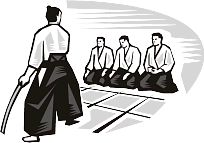
In aikido, there is a whole range of physical and mental aspects to the training. General physical fitness includes relaxation, flexibility, strength, speed, stamina, as well as aikido techniques and breakfalls.
There is a focus on coordinated whole-body movement and balance.
Aikido training is based on two partners practicing pre-arranged moves (kata), rather than freestyle (jiyuwaza). Uke the receiver, starts an attack against tori/nage who applies the technique and neutralises the attack.
Nage learns to blend with and control attacking energy, while uke learns to become calm and flexible in an off-balance position.
Aikido techniques usually involve defence against a variety of attacks that students learn. These should be honest, powerful and fast for the defender to experience, and blend with.
Many strikes in Aikido are very similar to cuts from a sword. Other techniques, which appear to be punches, are also practiced as knife or sword thrusts.
Kicks are generally reserved for higher level students as the falls can be dangerous. Beginners often practice techniques from grabs because they are safer and easier to feel the energy.
Aikido uses body movement (tai sabaki) to blend with uke's attack. For example, irimi moves inward towards uke, and tenkan turns away. Also, many techniques can be performed in a seated posture (seiza).
Techniques where both uke and nage are sitting are suwari-waza, and with uke standing and nage sitting are hanmi handachi.
Atemi strikes to vital points can be used during an aikido technique to distract and weaken an attacker. A strike, even if it is blocked, can shock and break the concentration, and they may even become unbalanced in attempting to avoid the blow.
Weapons training in aikido often includes the staff (jo), wooden sword (bokken), and knife (tanto). The founder developed empty handed aikido from traditional sword and spear movements, so the practice gives student insights into the origin of technical movements.
Higher ranked Aikido students will also practise how to defend against multiple attackers in freestyle (randori/jiyuwaza).
When applying techniques in training, its the responsibility of nage to prevent injury to uke by using an application that is within their partner's safety limit.
Injuries (especially those to the joints), when they do occur in aikido, are often the result of nage misjudging the ability of uke to receive the throw or pin.
Aikido training also involves mind control, and developing the ability to mentally relax even under the stress of a dangerous situation. This helps the student to perform an entering movement with courage.
Studying aikido history is important to your understanding of the art!
O-Sensei stated that in order to execute techniques without any hesitation...
" One must be willing to receive 99%
of an opponent's attack and stare death in the face"
As a martial art concerned not only with effective techniques but also how to improve daily life experience, the mind aspect is of key importance.
The study of ki is essential to aikido, and often understood as physical & mental intention or 'life energy'. Gozo Shioda said that the secret lies in the timing and application of the whole body's strength into a single point.
In later years, Ueshiba's application of ki in aikido took on a softer, more gentle feel. This was his Takemusu Aiki and many of his later students teach about ki from this perspective.
Koichi Tohei's Ki Society centers around the study and experience of ki with students ranked separately in aikido techniques and ki development.
This article has covered the basics of Aikido history, what is Aikido, etc. For in-depth study of Aikido history, I highly recommend Stanley Pranin's Aikido Journal
Want local training in Bognor Regis UK? Visit... Arun Aikido Club
Has this page been useful to YOU? It may benefit other people too! Please go ahead and pass it on - Share via the Link Bar below - many thanks!
Sick of the Elite Control System? Unplug from the Matrix Now!
We Are The Shield a national volunteer powered movement, working across the UK to prevent harm before it happens. Street patrols, trained volunteers, and community support for vulnerable woman and children - Click to Get Involved!


